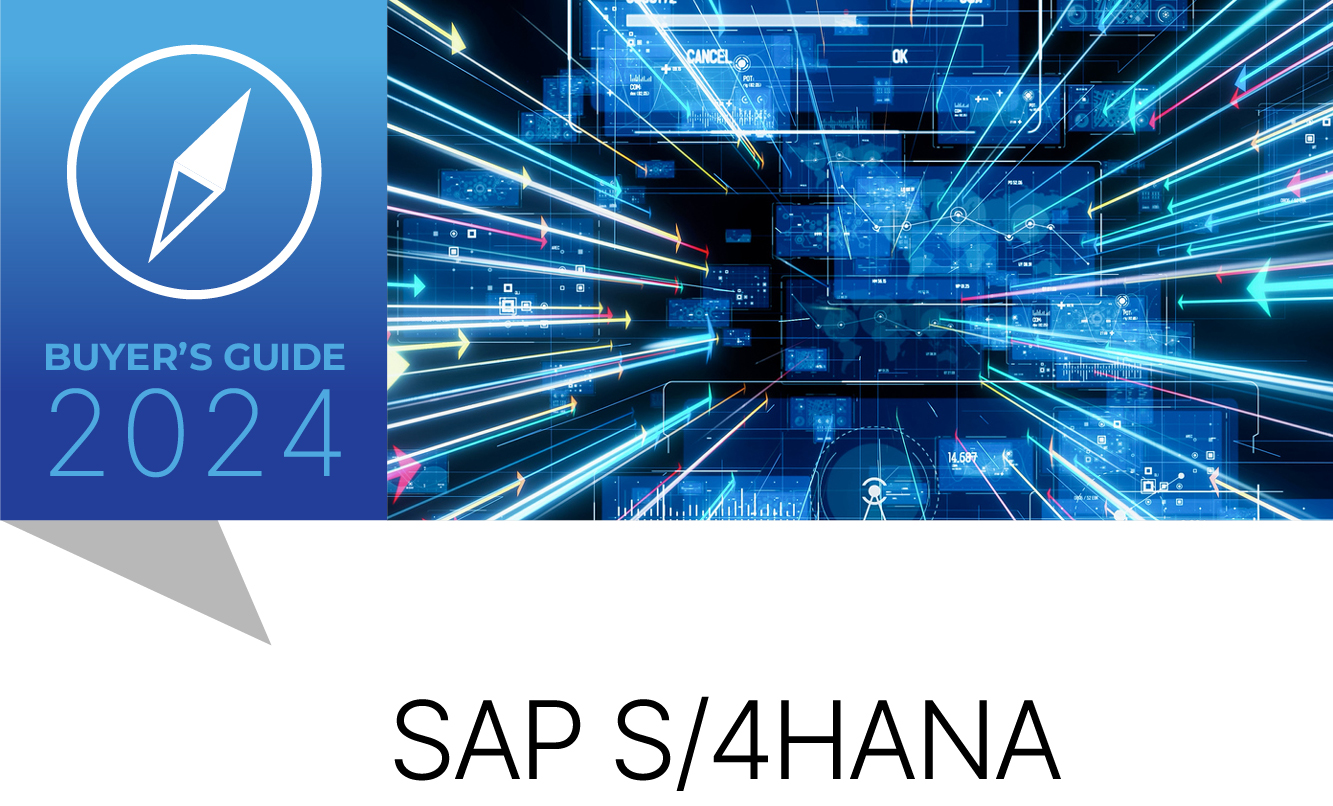To truly understand how Enterprise Resource Planning (ERP) systems work, it is important to not only familiarize oneself with concepts, terms, and definitions, but also to understand the mechanics of how these systems operate. In this article, we will take a closer look at the inner workings of ERP systems and the nomenclature that one should be aware of.
ERP systems are implemented by organizations as a means of replacing their outdated legacy systems. More recently they have also become a way to drive business innovations through technologies. These legacy systems can range from old Distribution Resource Planning (DRP) systems to mainframes and even Microsoft Excel spreadsheets. In many cases, organizations are still using these systems despite their age and outdated nature.
When thinking about ERP systems, it is important to understand the concept of modules. ERP systems like
S/4HANA are made up of a collection of modules, each of which handles a specific functional area or business process. These modules can be thought of as pieces of a puzzle, with each piece handling a different aspect of the business. For example, an ERP system might have a finance module for reporting and budgeting, an accounting module for managing financial transactions, and an inventory management module for tracking raw materials and finished goods or even human resources module to calculate payroll or manage talent.
It is also important to note that different ERP systems may offer different modules. Organizations should understand their specific needs and choose an ERP system that offers the necessary modules to support business processes.
Business benefits of using ERP include:
- Improved efficiency and productivity: By automating various business processes, ERP software can help organizations to streamline their operations and reduce manual errors.
- Better data visibility: ERP software can provide organizations with real-time insights into key business metrics, such as inventory levels, sales data, and financial performance.
- Increased agility: With ERP software, organizations can quickly respond to changes in the market and adapt their operations accordingly.
- Better collaboration: ERP software can help different departments within an organization to work together more effectively, by providing them with a shared set of data and tools.
- Cost savings: By automating manual processes and providing real-time insights, ERP software can help organizations to reduce costs and improve their bottom line.
Top three ERP software solutions (2024) are likely to be SAP, Oracle, and Microsoft Dynamics.
- SAP Solutions: SAP systems are widely used in the world, with a particular focus on large enterprises. SAP offers a range of products and modules that can be customized to meet the specific needs of a company where S/4HANA becomes the key player along to additional Cloud solutions and large investment in Artificial Intelligence.
- Oracle: Oracle's ERP software is also widely used by large enterprises. It offers a range of modules, including financials, supply chain, and human resources. Oracle also has a strong focus on cloud computing, which can help organizations to reduce costs and improve scalability.
- Microsoft Dynamics: This ERP software is geared towards small and medium-sized businesses. It is built on the popular Microsoft platform and offers a range of modules including financials, supply chain, and human resources. Dynamics also has a strong focus on integration with other Microsoft products, such as Office and Azure.
Overall, ERP software can be a powerful tool for organizations of all sizes to manage and automate various business processes, improve efficiency, and make data-driven decisions. By choosing one of the top ERP software solutions, like S/4HANA, organizations can be sure that they are getting a tried-and-tested solution that will meet their specific needs.









